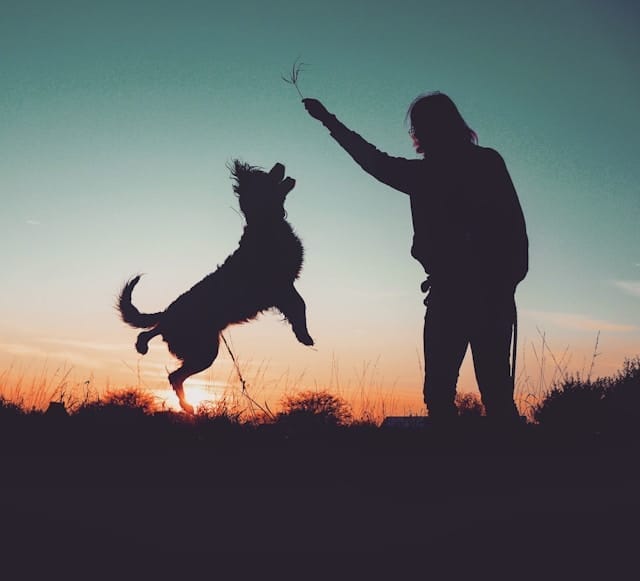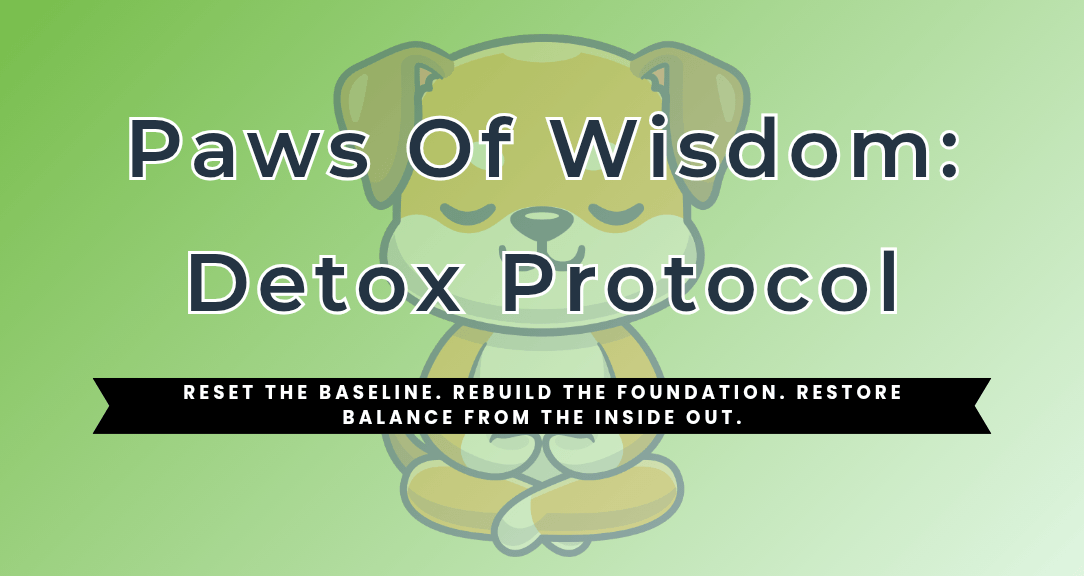Exhausted by the daily chaos of living with an over-the-top dog?
A regulation-first reset for overwhelmed owners and their over-the-top dogs.
What Are You Looking For Today?
Explore blog categories designed to help you tackle reactivity, anxiety, and everyday behaviour struggles.

Regulation Basics
This is where everything starts...
Learn what regulation actually is, why it matters, and what’s happening inside your dog’s nervous system when behaviour feels chaotic or unpredictable.

Reactivity & Challenging Behaviours
Explore reactivity, socialisation challenges, and difficult behaviours through a regulation-first lens, helping you understand what’s driving them without making things worse.

Dog Training Foundations
Once regulation starts to stabilise, this is where you build...
Find guidance on core foundations, communication, engagement, reinforcement, and practical skills.

Meeting Needs & Daily Balance
This section focuses on the lifestyle pieces that support regulation: routines, structure, rest, outlets, enrichment, and home setup. Learn how to create a routine that helps both of you feel more balanced.

👋🏾 I’m Junior — and this is Jasper.
Together, we created Paws Of Wisdom to help dysregulated, stressed-out, reactive, and challenging dogs (and their humans) finally breathe easier.
This isn’t just about “training”...it’s about understanding your dog, lowering stress, and building a calmer life side by side.
I’ve lived this journey with Jasper, the chaos, the setbacks, and the wins, and now I share that insight and knowledge to help you and your dog do the same.
Latest Blog Posts 🐾
Read The Full Stories
A FREE community with downloadable guides and resources, and people who get it.
A simple and structured reset for overstimulated, dysregulated, chaotic dogs.
Simple, clear guidance to help you understand your dog through a regulation-first lens.









